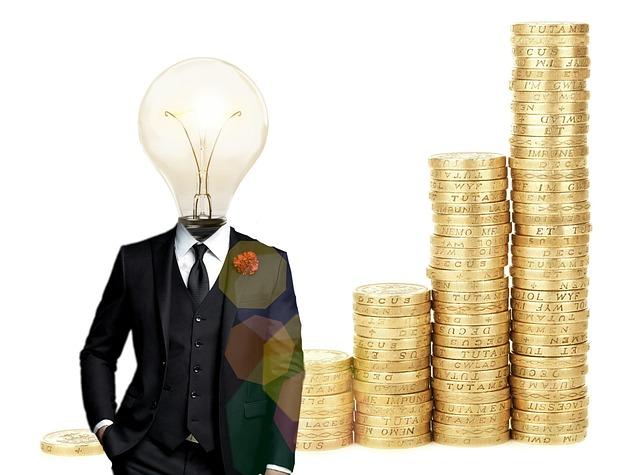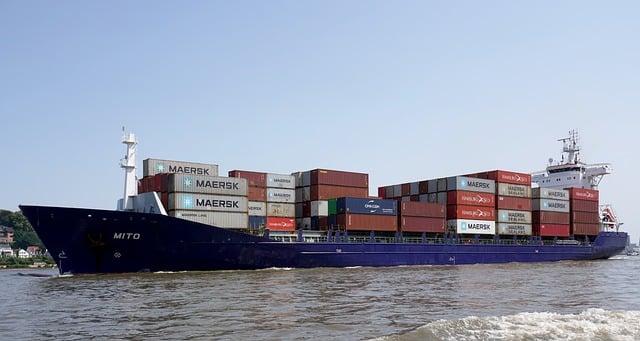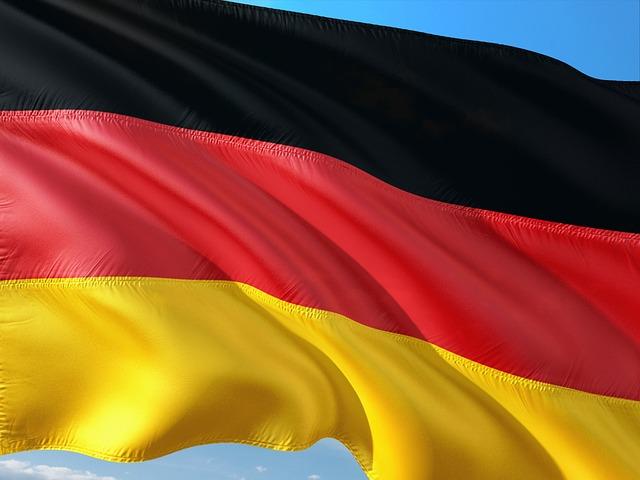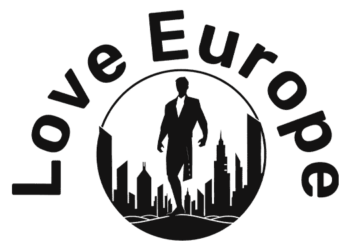EUs Strategic Transfer to Facilitate Russian Gasoline Movement to Slovakia
The current resolution by the European Union to facilitate the movement of Russian gasoline to Slovakia marks a big shift in power dynamics inside the area. This strategic transfer is available in response to the urgent power wants of member states, significantly amid rising costs and provide uncertainties. Slovakia, already reliant on Russian power sources, will see a rise in gasoline imports enabled by streamlined regulatory measures and enhanced infrastructure.EU officers emphasize that this initiative is essential not just for guaranteeing power safety but in addition for stabilizing the European gasoline market.
Key components of this initiative embrace:
Enhanced Infrastructure: Investments in pipeline upgrades and interconnections to facilitate the direct movement of gasoline.Regulatory Help: Simplification of compliance necessities for power suppliers concerned in gasoline distribution.Emergency Response Measures: Institution of contingency plans to deal with potential provide disruptions.StakeholderRoleImpactEuropean UnionPolicy MakerFacilitate elevated gasoline flowSlovak GovernmentEnd UserEnsure power reliabilityGazpromEnergy SupplierBoost market presence
This collaborative effort indicators a constructive flip for power cooperation in Europe, aiming to stability the continent’s power calls for with the geopolitical complexities surrounding Russian gasoline. Whereas the implications of such selections proceed to unfold, stakeholders specific cautious optimism that this will lay a sustainable basis for Slovakia’s power future.
Impression of Russian Gasoline Resumption on slovakias Power Safety

The current resolution to renew Russian gasoline provides to Slovakia has vital implications for the nation’s power panorama. As Slovakia grapples with fluctuating power costs and geopolitical tensions, the inflow of Russian gasoline is anticipated to improve its power safety by offering a dependable supply of gasoline amidst rising world demand. Although, this improvement brings with it a number of challenges, significantly by way of power diversification and dependence on a single provider that has traditionally been a degree of competition in European power coverage.
Key issues embrace:
Diversification Dangers: Elevated reliance on Russian gasoline might hinder Slovakia’s efforts to diversify its power sources.Financial Implications: Entry to lower-cost gasoline might present short-term reduction for customers and companies, but it would come on the value of long-term power independence.Political Ramifications: Resuming ties with Russia over power might complicate Slovakia’s relations with EU companions advocating for a united entrance in opposition to Russian aggression.AdvantagesDisadvantagesStable power supplyIncreased dependency on Russian gasPotential value savingsNeglect of renewable power investmentsEnhanced short-term securityPolitical backlash from EU companions
evaluating the Financial Implications for Slovak Trade

The resurgence of Russian gasoline provides to Slovakia, backed by EU initiatives, holds vital implications for the Slovak industrial panorama. Because the nation at the moment grapples with rising power costs and provide uncertainties, the anticipated inflow of pure gasoline might alleviate a few of these pressures. The potential benefits embrace:
Value Discount: Cheaper gasoline imports might decrease manufacturing prices for heavy business sectors, corresponding to manufacturing and energy-intensive industries.Job Stability: A extra secure power provide might foster job safety in sectors closely reliant on gasoline, main to protected employment ranges.Aggressive positioning: Guaranteeing entry to dependable power might improve Slovakia’s attractiveness for international investments,thereby boosting total industrial development.
Nevertheless, these advantages include attainable drawbacks. Industries might change into overly depending on Russian gasoline, risking vulnerability ought to geopolitical tensions resurface.Additional issues embrace:
Environmental Impression: Elevated gasoline use raises issues concerning emissions and sustainability targets, urgent industries to discover greener alternate options.Market Fluctuations: Relying closely on exterior gasoline provides can topic the slovak financial system to unpredictable value swings, complicating long-term planning.Strategic Autonomy: Diversification of power sources stays paramount to guarantee power safety and mitigate dangers related to single-source dependencies.
Environmental Issues within the Renewed Gasoline Provide Chain

As discussions of reviving Russian gasoline provides to Slovakia unfold, it’s crucial to guage the environmental implications related to this renewed gasoline provide chain. The reliance on pure gasoline, significantly from Russian sources, raises crucial questions on carbon emissions, useful resource administration, and sustainability practices. Transitioning in direction of cleaner power alternate options stays a urgent difficulty, prompting stakeholders to think about how the combination of russian gasoline might influence the European Union’s long-term inexperienced power targets.
potential environmental issues and issues embrace:
Carbon Footprint: the lifecycle of pure gasoline, from extraction to combustion, generates greenhouse gases. Exploring methods to mitigate these emissions is crucial.biodiversity Impression: The infrastructure required for supply might disrupt native ecosystems, emphasizing the necessity for cautious environmental assessments.Lengthy-term Sustainability: Renewed dependency on fossil fuels might hinder progress in direction of the EU’s local weather targets, significantly contemplating commitments to scale back reliance on hydrocarbons.AspectEnvironmental ImpactCarbon EmissionsIncreased greenhouse gases throughout extraction and useWater UsagePotential contamination of native water suppliesSoil ErosionInfrastructure improvement inflicting land degradation
Suggestions for Slovakias Power Diversification Technique

Slovakia’s power diversification technique should pivot in direction of renewables, minimizing dependence on any single supply, significantly Russian gasoline. To realize a extra resilient power panorama, Slovakia ought to give attention to the next key initiatives:
Funding in Renewable Power: Increasing photo voltaic, wind, and hydroelectric energy tasks to harness home power sources.Grid Modernization: Upgrading infrastructure to accommodate distributed power sources, enhancing power effectivity.Diversifying Gasoline Provide Sources: Establishing partnerships with different EU nations and investing in liquefied pure gasoline (LNG) infrastructure.Power Effectivity Applications: Initiating applications at each the commercial and residential ranges to scale back total consumption.
Furthermore,regulatory help is essential for sustainable improvement. Implementing insurance policies that incentivize innovation and funding in clear power applied sciences can assist overcome legacy dependencies whereas addressing the power wants of the inhabitants. A collaborative framework with neighboring international locations to develop cross-border power tasks and think about power storage options can be instrumental in attaining a balanced and diversified power portfolio:
Technique ElementExpected OutcomeInvestment in Renewablesincreased share of renewables within the power mixGas Provide DiversificationReduced reliance on Russian gasGrid ModernizationEnhanced power safety and efficiencyEnergy Effectivity ProgramsLower power prices for customers
The Position of EU Coverage in Shaping future Power Relations with Russia

The ongoing dialogues between the European Union and Russia concerning power provide are essential as they navigate the complexities of geopolitical relations. With the backdrop of shifting power dependencies, the EU’s coverage framework goals to strike a stability that addresses power safety whereas selling sustainability. Key elements of this method embrace:
Power Diversification: The EU seeks to scale back reliance on Russian gasoline by increasing its power sources,together with renewable energies and various provider nations.Infrastructure Funding: Enhancements in cross-border power infrastructure, such as pipelines and interconnectors, are prioritized to facilitate smoother gasoline flows, supporting regional power stability.Regulatory Frameworks: The EU enforces stricter laws on power imports to make sure compliance with environmental and moral requirements.
On this context, the established frameworks will decide the longer term panorama of power relations. The reliance on Russian gasoline will be balanced by strategic insurance policies geared toward fostering cooperation whereas attaining power independence. Notable initiatives embrace:
InitiativeDescriptionGreen DealPromotes carbon neutrality by renewable power options.Power UnionDevelops built-in power networks to boost provide safety.european Power Safety StrategyAims to diversify power provides and enhance inner market resiliency.
Last Ideas
the European Union’s resolution to help the return of Russian gasoline to Slovakia marks a big improvement within the area’s power panorama. This transfer, aimed at bolstering power safety amid ongoing geopolitical tensions, underscores the EU’s reliance on numerous power sources to make sure stability for its member states. As Slovakia navigates this advanced territory, the implications for each nationwide and regional power insurance policies can be essential to monitor within the coming months. Stakeholders will carefully watch how this shift impacts power costs, provide chains, and the general relationship between the EU and Russia. Because the scenario evolves, it is going to stay crucial for Slovakia and its neighbors to stability power wants with broader geopolitical issues, guaranteeing a secure and sustainable power future for all events concerned.
Source link : https://europ.info/2025/03/10/slovakia/eu-set-to-support-return-of-russian-gas-to-slovakia-news-az/
Creator : Atticus Reed
Publish date : 2025-03-10 10:31:00
Copyright for syndicated content material belongs to the linked Source.


